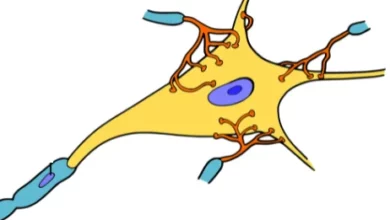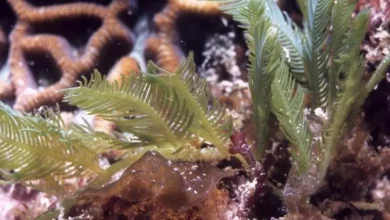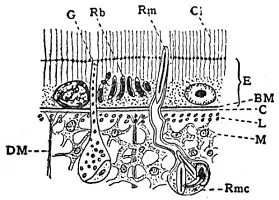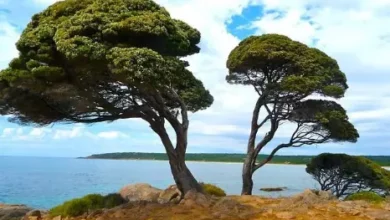Pines recognize and support relatives through the use of volatile chemicals
That plants communicate with each other is something of which there are more and more examples. In this case, we are talking about lodgepole pines so called because they were the ones traditionally used in the construction of Indian teepees.
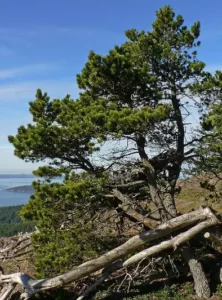
This species of conifer , Pinus contorta , releases volatile chemical compounds that alert the rest of the trees with which they are related when they are attacked by mountain pine beetles ( Dendroctonus ponderosae ).
Pines that communicate only with relatives
The importance of this study by the University of Alberta published in Science of the Total Environment and carried out in Jasper National Park, is that it is the first time that communication from tree to tree on the ground in pines has been observed through the use of messages chemicals.
These chemical messages sent by the attacked tree can only be decoded by the closest relatives but not by strangers, says Altaf Hussain, the author who led the study.
“This communication between neighboring pines allows healthy trees to prepare for attack by enhancing their chemical defenses,” says Hussain.
Kinship support between trees has been demonstrated in the past, but through other mechanisms such as roots. For example, a dying tree will transport its resources to younger trees with which it is related. Others share genetic materials in the same way.
It is the first time it has been documented that related trees can communicate through volatile chemicals.
Mountain pine beetles are a serious threat to Canada’s forests. They are originally from British Columbia and used to play a crucial role in the renewal of lodgepole pine populations.
The warm weather of recent years has caused the beetle population to explode and cross the Rocky Mountains into Alberta.
Because beetles are capable of killing most pine species in North America, scientists anticipate that their migration will continue through the boreal forest to the east coast for decades to come, leaving a trail of economic and ecological devastation.
